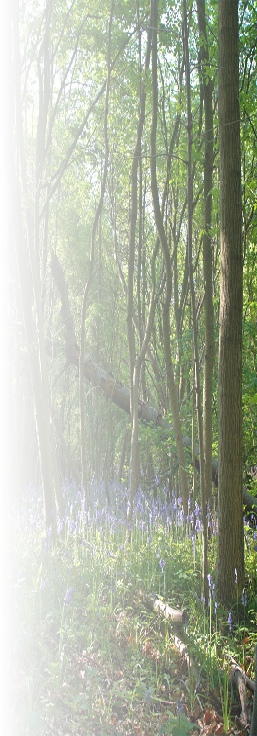
Main Menu




The Sport of Field Target Shooting
Competitors aim to shoot the small “Target center” zone that forms part of a larger metal faceplate. The knock down targets are usualy shaped to resemble small animals, when you hit the small target zone the target faceplate falls backwards. The target is reset by a cord attached to the faceplate and pulled back up for the next competitor.Targets are shot from behind a firing line, divided into “lanes” of two targets each.
Targets are placed at any distance between 8 yards and 55 yards from the firing line.
Targets are can be placed on high up banks or in trees, or down steep slopes. The
hit or “Target center” zone of a target is nominally 40-
The majority of shots may be taken in any stance, but the seated position is the most popular due to its stability, competitors carry a small beanbag or cushion to sit on while shooting. It may also be used under the knee or to support the ankle during kneeling shots, and they are often used as a protective rest for guns while competitors wait their turn to shoot.
In competition, 20% of the lanes will be designated as compulsory standing or kneeling, and there must be as even a split as possible between the two.
Most competitions have 40 targets arranged in 20 lanes, so it is usual to have 2 standing lanes and 2 kneeling lanes. Points are scored with 1 or an X for a hit with the faceplate falling and 0 for a miss even though you may hit the face plate.
Members of the NWFTA and British Field Target Association (BFTA) are graded according to their performance every six months. Your average percentage score over this period determines which of the four grades you are given – (in ascending order of skill) C, B, A and AA. Prizes at shoots are awarded by grade, so less experienced shooters still have a chance of winning a trophy if you are a good shot.
Find your nearest club and ask for details “Give it a go!”
| North West Map |